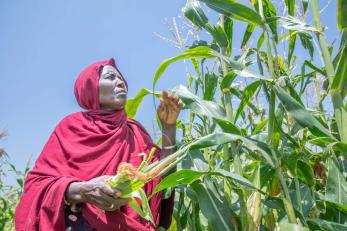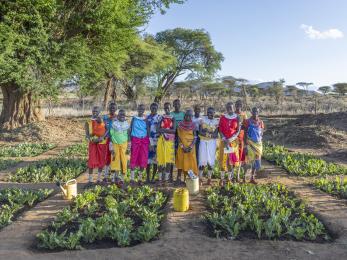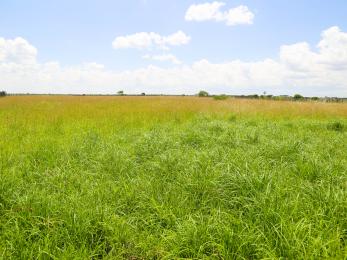Realizing Resilience
Effects of integrated programming on household’s sources of resilience and food security amid droughts

Download the mini brief ▸
Download the full report ▸
The Mercy Corps led Resilience in Pastoral Areas (RIPA – North) conducted the third round of its Recurrent Monitoring Survey (RMS) among 1,870 households across 22 treatment districts in Afar, Oromia and Somali Regions of Ethiopia. The findings provided important insights on how the program’s system strengthening approach led to improved access to, and utilization of key resilience capacities including resilience – enhancing services relative to non – RIPA areas. The findings are synthesized in the latest Evidence Brief #5.
Key Findings
Overall, the RMS results indicate that households that had the highest exposure to multiple RIPA interventions experienced improved food security, and that RIPA had a large effect on enhancing nearly all essential resilience enhancing services at the time of data collection when compared with non-RIPA areas and overtime. Notably, these gains were made during a period of extended drought in the Ethiopia lowlands.
The RMS demonstrated significant positive effects on nearly all sources of resilience just 18 months into implementation and following a long, historic drought. Compared to non-RIPA areas, households in RIPA areas had higher levels of access to nearly all services targeted by the program: climate, market and extension information, rangeland and DRM management services, formal and semi-formal financial services, livestock and farm inputs, and nutrition and hygiene services.
RIPA’s systems-strengthening interventions may have contributed to a spillover effect on non-RIPA communities. Non-RIPA households also demonstrated increased access and use of key resilience capacities between 2021 and 2023, albeit at a much lower rate than RIPA households. This was particularly true for capacities where RIPA enabled service delivery through the private sector and government-led services.
Recommendations
USAID should double-down on its strategy of concentrating systems strengthening interventions in zones of influence, while increasing multi-year development programming in areas of recurrent and protracted crises.
Donors and implementing partners should coordinate and increase attention to market systems development and governance systems strengthening that both support and diversify livestock-based economies in fragile lowland contexts, focusing on diverse income choices and services access.
Pastoralism and livestock systems merit increased donor investments — including a focus on last mile market access and private sector led service provision — given their demonstrated adaptive capacity during prolonged droughts.
Donors and implementing partners should increase investments in decentralized and diverse climate, market and extension information sources, including through digital technology, private sector partners and government service providers, given their proven effects on anticipatory action and resilience.

